Epidemiology for Health Care Organizations (Public Health/Epidemiology and Biostatistics)
Visit to download the full and correct content document: https://ebookmass.com/product/managerial-epidemiology-for-health-care-organization s-public-health-epidemiology-and-biostatistics/
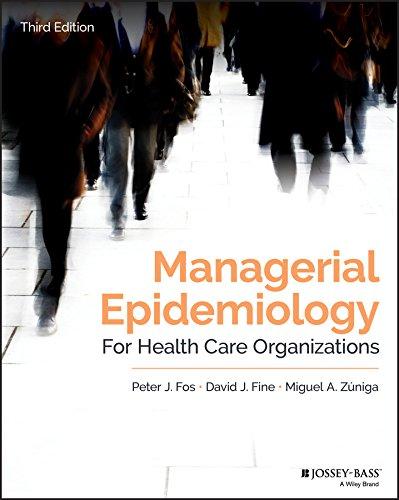
More products digital (pdf, epub, mobi) instant download maybe you interests ...
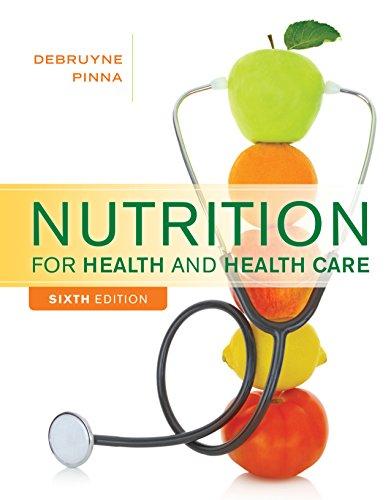
Nutrition for Health and Health Care 6th Edition, (Ebook PDF)
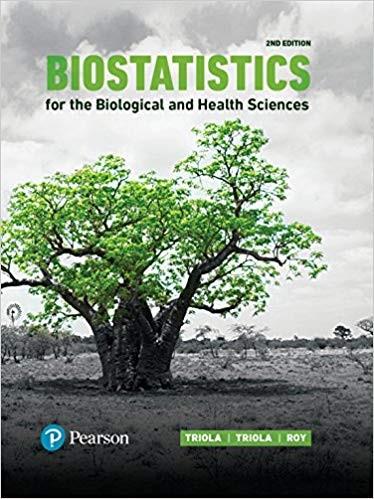
https://ebookmass.com/product/nutrition-for-health-and-healthcare-6th-edition-ebook-pdf/ (eTextbook PDF) for Biostatistics for the Biological and Health Sciences 2nd Edition
https://ebookmass.com/product/etextbook-pdf-for-biostatisticsfor-the-biological-and-health-sciences-2nd-edition/
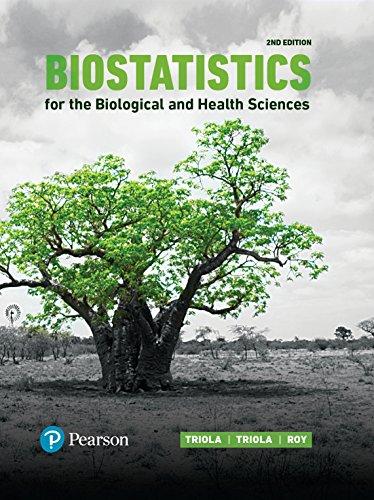
Biostatistics for the Biological and Health Sciences 2nd Edition, (Ebook PDF)
https://ebookmass.com/product/biostatistics-for-the-biologicaland-health-sciences-2nd-edition-ebook-pdf/
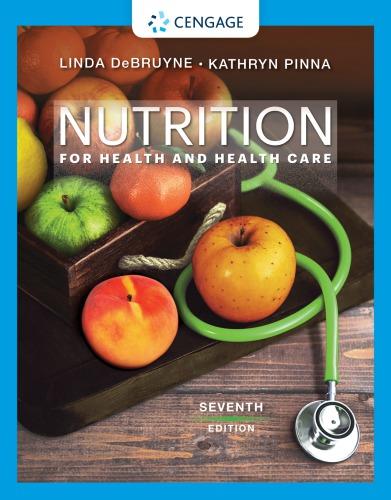
Nutrition for Health and Health Care 7th Edition Edition Linda Kelly Debruyne
https://ebookmass.com/product/nutrition-for-health-and-healthcare-7th-edition-edition-linda-kelly-debruyne/
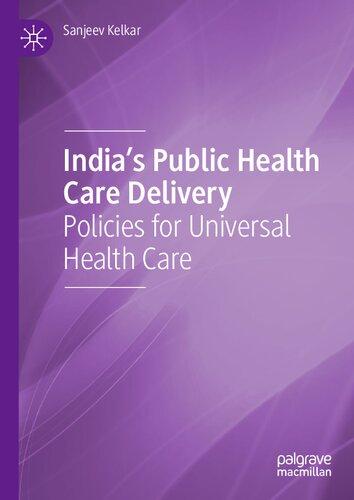
India's Public Health Care Delivery: Policies for Universal Health Care 1st Edition Sanjeev Kelkar
https://ebookmass.com/product/indias-public-health-care-deliverypolicies-for-universal-health-care-1st-edition-sanjeev-kelkar/
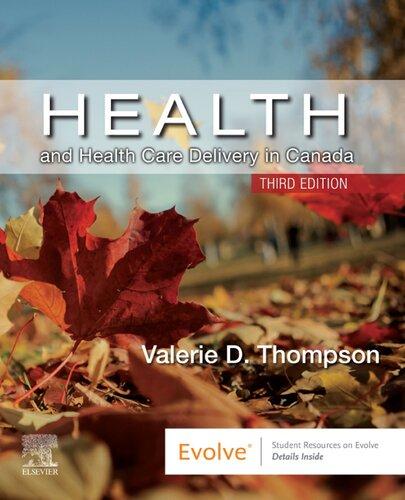
Health and Health Care Delivery in Canada Third Edition
Valerie D. Thompson
https://ebookmass.com/product/health-and-health-care-delivery-incanada-third-edition-valerie-d-thompson/
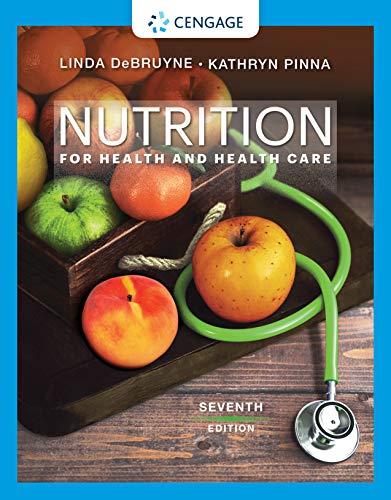
Nutrition for Health and Health Care (MindTap Course List) 7th Edition, (Ebook PDF)
https://ebookmass.com/product/nutrition-for-health-and-healthcare-mindtap-course-list-7th-edition-ebook-pdf/
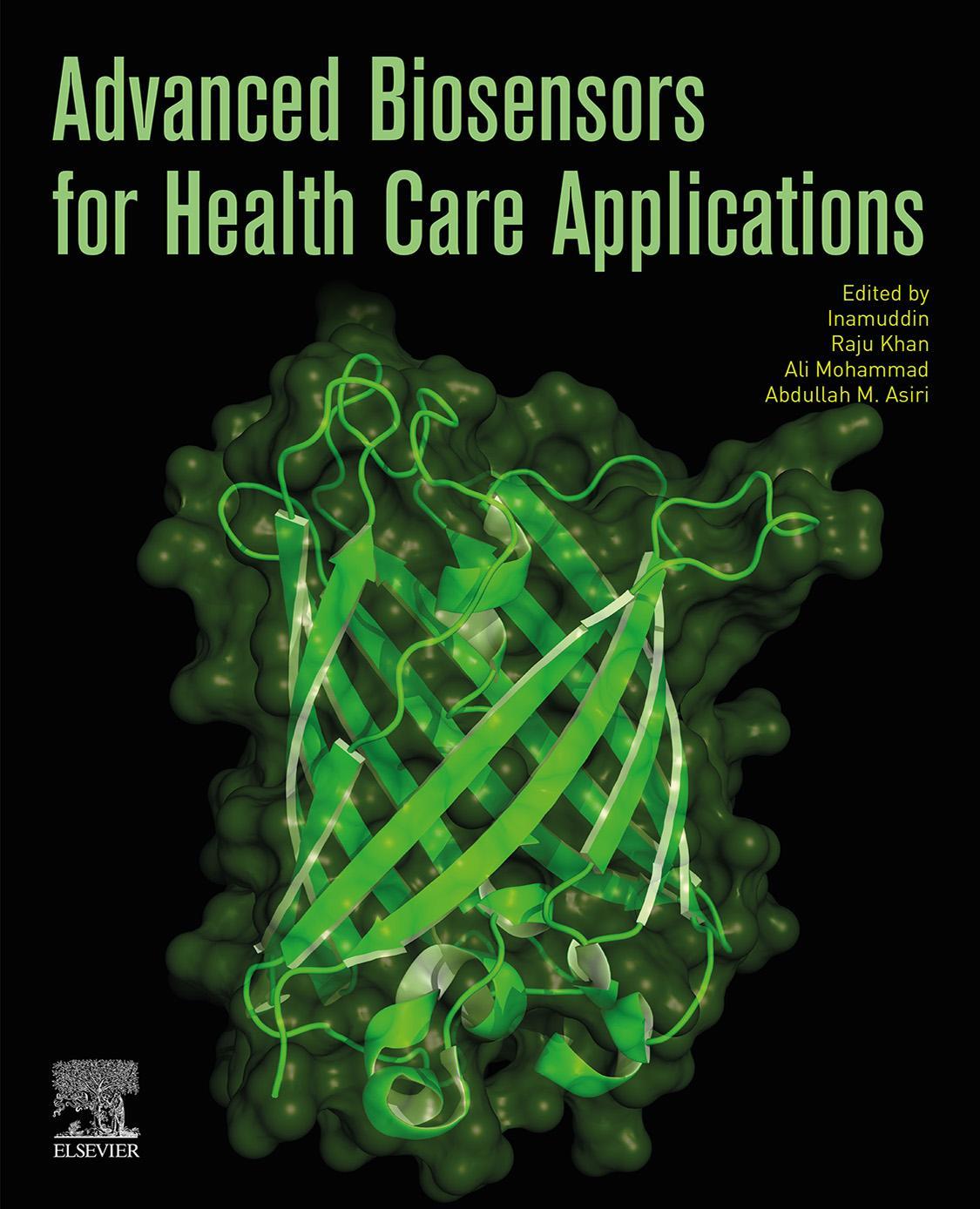
Advanced Biosensors for Health Care Applications
Inamuddin
https://ebookmass.com/product/advanced-biosensors-for-healthcare-applications-inamuddin/
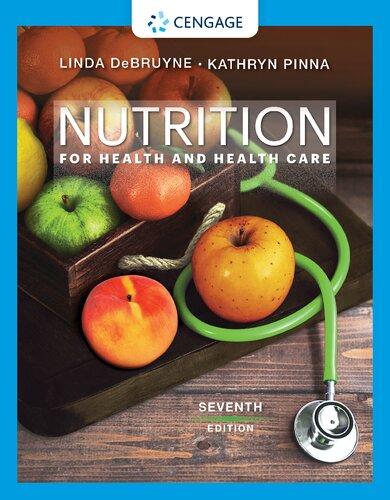
Nutrition for Health and Health Care (MindTap Course List) 7th Edition Linda Kelly Debruyne
https://ebookmass.com/product/nutrition-for-health-and-healthcare-mindtap-course-list-7th-edition-linda-kelly-debruyne/
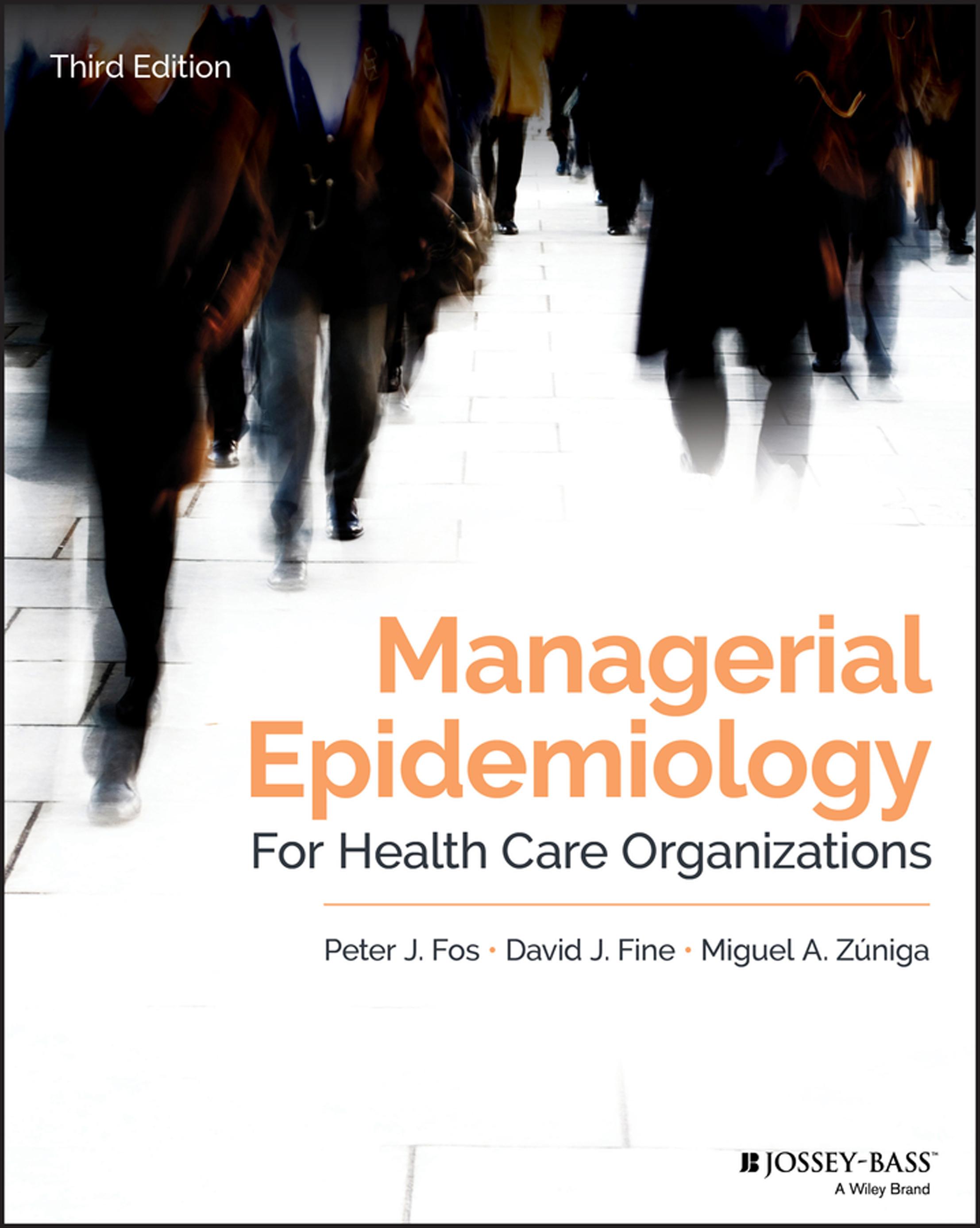
ListofTables,Figures,andExhibitsxiii
Prefacexxiii
TheAuthorsxxvii
1EpidemiologyinHealthCareAdministration1
Introduction2
PhilosophicalFramework5
FocusandUsesofEpidemiology6
ObservationalEpidemiology•ExperimentalEpidemiology•PreventiveMedicine
HealthCareReform8
TheConceptofPopulationsandCommunities11
ManagingHealthCareforPopulationsandCommunities12
RoleofEpidemiology14
Summary16
StudyQuestions16
2DescriptionofHealth19
Introduction20
HealthandDisease21
Definitions•InternationalClassificationofDiseasesandRelatedProblems •HealthStatus
DescriptiveInformation25
PersonVariables•PlaceVariables•Time
OtherDescriptiveVariables41
SourcesofDescriptiveInformation43
VitalStatistics•MedicalRecords
ReportableDiseases47
ManagerialApplications47
Summary52
StudyQuestions52
3MeasurementofHealth55
Introduction56
Measures56
Counts•Rates•Ratios•Proportions
MeasuringMorbidity65
IncidenceRate•PrevalenceRate•PeriodPrevalenceRate MeasuringMortality73
DeathRates•PotentialYearsofLifeLost MeasuringHealth83
SurvivalRate•Health-RelatedQualityofLife
OtherRates85
Summary86
StudyQuestions86
4StudyingtheHealthNeedsofPopulations89
Introduction90
RiskandCausation91
StudyDesigns93
Experimental•ClinicalTrials•Observational•DescriptiveStudies •Cross-SectionalStudies•EcologicalStudies•ProspectiveStudies •RetrospectiveStudies
AssociationofRiskFactorsandHealthandDisease103
MeasuringAssociationinProspectiveStudies104
MeasuringAssociationinRetrospectiveStudies108
ApplicationtoPopulationHealthManagement110
Sampling113
Summary115
StudyQuestions115
5StandardizingPopulationHealthInformation117
Introduction118
Stratification120
Matching121
StandardizationofInformation123
DirectMethodofStandardization•IndirectMethodofStandardization RiskAdjustment136
Summary139
StudyQuestions140
6MedicalManagementinPopulationHealthCare149
Introduction150
MedicalManagement151
ClinicalEffectiveness•Validity•ManagerialAspectsofValidity•Reliability •ImpactofTestInformation•ClinicalPracticeAnalysis
ChronicDiseaseManagement169
Summary170
StudyQuestions171
7ManagementofInfectiousEpidemics175
Introduction175
InfectiousDiseaseEpidemiology176
InfectiousEpidemics
HealthCare–AssociatedInfections182
Surveillance186
Summary188
StudyQuestions188
8ReimbursementApproachesandMarketing191
Introduction192
ReimbursementMethods193
CurrentProceduralTerminology•Capitation•Diagnosis-RelatedGroups •OutpatientProspectivePaymentSystem•InpatientRehabilitationFacilityProspective PaymentSystem•SkilledNursingFacilityProspectivePaymentSystem•Home HealthProspectivePaymentSystem•Resource-BasedRelativeValueScale• AccountableCareOrganizations•PayforPerformance
MarketingandPopulationHealth202
Marketing•TheRoleofMarketing•MarketingtheHealthCareSystem MarketResearch204
Sampling•MarketResearchDataAnalysis•PatientSatisfaction•Demand Estimation•ValidityandReliabilityofMarketResearch
Summary214
StudyQuestions215
9PopulationHealthOutcomesandQualityofCare219
Introduction220
AssessingHealthOutcomes220
HealthStatusAssessment225
PatientSatisfactionandPatientExpectationsAssessment227
MonitoringHealthOutcomes231
ManagingwithHealthOutcomes232
UsesofOutcomesAssessment•Benchmarking•BestPracticesandPractice Guidelines•ApplicationofBestPracticeAssessment•RootCauseAnalysis
QualityofHealthCare241
RapidImprovementCycleProcess•StatisticalProcessControl•TheMalcolm BaldrigeNationalQualityProgram
Summary250
StudyQuestions251
10EconomicAnalysisofHealthCareforPopulations253
Introduction254
EconomicEvaluation257
CostAnalysis259
Cost-BenefitAnalysis261
Cost-EffectivenessAnalysis262
Cost-UtilityAnalysis264
Discounting265
SensitivityAnalysis269
BurdenofDiseaseAnalysis269
ExamplesofEconomicAnalysis272
Summary275
StudyQuestions276
11ExpandingHospitalHealthCareServices281
Introduction282
ServiceAreaPopulation283
HospitalCareUtilization284
Discharges287
LengthofHospitalStay289
HospitalDescription292
PaymentSources293
ServiceAreaPopulationHealth296
12Long-TermCare303
Introduction303
PopulationCharacteristics304
WestsideElderlyCare,Inc.308
UtilizationofServices308
Staffing319
13EmergencyDepartmentServices321
Introduction321
EmergencyDepartmentUtilization322
PaymentSources331
TimeAnalysis332
PrimaryDiagnosisatArrival336
PatientDisposition337
14PhysicianPractices341
Introduction342
PopulationCharacteristics342
ResourceUtilization343
TimeSinceLastVisit346
InsuranceCoverage349
ReasonforVisit351
PreventiveCareVisits355
ChronicConditions356
References359
Index375
Tables
LISTOFTABLES,FIGURES,ANDEXHIBITS
2.1Number,PercentDistribution,andRateofInjury-RelatedEmergency DepartmentVisits,byAge,201126
2.2PercentofPersonsLackingHealthInsurance,StateswithState-Based Marketplace,18to64YearsofAge,2010–201627
2.3CancerDeathRates,byAge,UnitedStates,201328
2.4TuberculosisCases,byAge,UnitedStates,201328
2.5Deaths,bySex,UnitedStates,201429
2.6Number,PercentDistribution,andRateofInjury-RelatedEmergency DepartmentVisits,byAgeandSex,201130
2.7EmergencyDepartmentVisits,byRace,UnitedStates,201131
2.8FrequencyofCancerDeaths,byRaceandCancerSite,per100,000 Population,UnitedStates,201331
2.9FrequencyofNewCancerCases,byRaceandCancerSite,per 100,000Population,UnitedStates,201332
2.10ChronicDiseaseRiskFactorsandMaritalStatus,201034
2.11PercentageofUninsuredPersonsUnder65YearsofAgeandPoverty Status,UnitedStates,2005–201634
ListofTables,Figures,andExhibits
2.12PercentageofPersonsLackingHealthInsuranceCoverage, byEducationalStatus,UnitedStates,201535
2.13InpatientDischargesfromShort-StayHospitals,byRegion,United States,201038
2.14EmergencyDepartmentVisits,bySeasonoftheYear, UnitedStates,201141
2.15InpatientDeaths,per100PersonsHospitalizedforDiagnosis,by First-ListedDiagnosis,UnitedStates,2000,2005,201042
2.16NumberandPercentofEmergencyDepartmentVisits,bySource ofPayment,UnitedStates,201143
2.17NotifiableDiseases,UnitedStates,201649
3.1CasesofAIDS,byState,UnitedStates,201358
3.2TopTenStatesbyNumberofNewHIVDiagnoses,United States,201459
3.3HIVCaseRateper100,000Population,UnitedStates,201260
3.4NumberofVisitswithaDoctororOtherHealthCareProfessional, Adults18YearsofAgeandOlder,byAge,Sex,andRace,United States,201461
3.5EmergencyDepartmentVisits,UnitedStates,201162
3.6HIVCasesRatios,byRaceandTransmission,UnitedStates, 2010–201363
3.7Age-AdjustedDiabetesPrevalenceRatios,bySexandEducation Attainment,Mississippi,2005–201364
3.8HomeHealthandHospiceCareAgencies,byOwnership,Geographic Region,andLocation,UnitedStates,201464
3.9IncidenceRateofSelectedInfectiousDiseases,byYear,UnitedStates, 2000–201368
3.10Age-AdjustedInvasiveCancerIncidenceRates,byRace, California,201368
3.11AsthmaPrevalenceRate,byRaceandSex,201470
3.12PrevalenceofWomenAged18andOlderWhoReportedReceivinga PapanicolaouTestDuringthePastThreeYears,per100Population, byAge,SelectedStatesandTerritories,UnitedStates,201471
3.13PrevalenceofWomenAged50andOlderWhoReportedHavinga MammogramDuringthePastTwoYears,per100Population,by Race,SelectedStates,UnitedStates,201471
3.14CrudeDeathRate,bySexandRace,UnitedStates,2011–201274
3.15Cause-SpecificMortalityRatesforSeveralCausesofDeath,United States,201474
ListofTables,Figures,andExhibits
3.16Age-SpecificMortalityRate,MalignantNeoplasm,United States,201275
3.17Case-FatalityRate,byPathogen,FoodborneInfections,United States,201076
3.18InfantMortalityRate,byRaceofMother,UnitedStates, 1990–201277
3.19NeonatalMortalityRate,byRaceofMother,UnitedStates, 1990–201279
3.20Post-NeonatalMortalityRate,byRaceofMother,UnitedStates, 1990–201280
3.21ProportionateMortalityRatioAmongPlumbers,Pipe/SteamFitters, WhiteMen,byAge,UnitedStates,1971–199581
3.22PotentialYearsofLifeLostCalculationMethod,UsingIndividualLevelInformation81
3.23PotentialYearsofLifeLostCalculationMethod,UsingAgeGroup Information82
3.24PotentialYearsofLifeLost,BeforeAge75,forSelectedCauses ofDeath,UnitedStates,1990–201483
3.25MentalHealthStatusAmongDiabetics,Mississippi,2003–201385
4.1CalculationofRelativeRisk105
4.2AssociationofSmokingandCoronaryHeartDisease (CHD)—RelativeRiskAnalysis106
4.3RetrospectiveStudyDesign2by2Table107
4.4AssociationBetweenSmokingandCoronaryHeartDisease (CHD)—ProportionsAnalysis108
4.5OddsRatioCalculation109
4.6AssociationBetweenSmokingandCoronaryHeartDisease (CHD)—OddsRatioAnalysis110
4.7BirthsandCesareanSectionsintheStudyPopulation111
4.8TotalLiveBirthsAmongMedicaidBeneficiaries111
4.9CesareanSectionRateandRelativeRisk,byAgeofMother112
4.10CesareanSectionRatesandRelativeRisk,byLocale112
4.11MyocardialInfarctionRates,per100,000PopulationandHIV Status113
4.12RiskFactorsforFallsinElderlyPopulation115
5.1OutpatientDepartmentVisits,byAgeandSex,United States,2011119
5.2LungCancerandAlcoholUse120
5.3StratificationbySmokingStatus121
ListofTables,Figures,andExhibits
5.4StandardizationofOutpatientDepartmentVisits,bySex,United States,2011126
5.5CrudeCase-FatalityRates,byAge127
5.6StandardizedCase-FatalityRates127
5.7Standard(Combined)Population128
5.8StandardizedCase-FatalityRatesUsingCombinedStandard Population129
5.9OutpatientVisits,byAgeandRace,UnitedStates,2011131
5.10IndirectStandardizationofOutpatientVisitsRate132
5.11ScreeningProgramData133
5.12IndirectStandardization134
5.13HospitalStandardizedMortalityRatioCalculation136
5.14SeverityofIllnessDistribution138
5.15RecoveryDistribution138
5.16Stratum-SpecificRates138
5.17CrudeRatesforOutpatientVisitsintheHancockRegionalHospital Network141
5.18CrudeRatesforOutpatientVisitsintheHarrisonHospital System141
5.19PopulationDistribution,HancockRegionalHospitalNetwork141
5.20PopulationDistribution,HarrisonHospitalSystem142
5.21StandardPopulationCrudeOutpatientDepartmentVisitRates142
5.22Age-SpecificRateandExpectedCasesforHancockRegionalHospital Network143
5.23Age-SpecificRateandExpectedCasesforHarrisonHospital System143
5.24Age-SpecificRateandExpectedCasesforHancockRegionalHospital NetworkUsingCombinedPopulation144
5.25Age-SpecificRateandExpectedCasesforHarrisonHospitalSystem UsingCombinedPopulation144
5.26CrudeRateforMIComplicationsinJeffersonCounty145
5.27CrudeRateforMIComplicationsinWashingtonCounty145
5.28PopulationDistribution,JeffersonCounty146
5.29PopulationDistribution,WashingtonCounty146
5.30StandardPopulationCrudeMIComplicationRates147
5.31ExpectedMIComplications,JeffersonCounty147
5.32ExpectedMIComplications,WashingtonCounty147
6.1CalculationofLikelihoodRatiosinTestswithDichotomous Results164
ListofTables,Figures,andExhibits
6.2CalculationofLikelihoodRatiosinTestswithPolychotomous Results165
6.3MammographyandPapSmearsResultsforFiscalYear 2015–2016172
6.4ScreeningTestforDiabetes173
7.1WorldwideImpactofSARS,July2003180
7.2WestNileVirusCases,UnitedStates,2016181
7.3ResultsofGastritisInvestigation190
8.1IncidenceofCVDintheEastBankRegionalHospital ServiceArea216
10.1CostAnalysis,Year1260
10.2ProgramCosts,byYear260
10.3Cost-EffectivenessofDiagnosticInterventions263
10.4BenefitsofCommunityOutreachProgram263
10.5Cost-UtilityAnalysisofTreatmentApproaches265
10.6LeadingCausesofDALYs,Worldwide,2000271
10.7LeadingCausesofDALYs,Worldwide,2012272
10.8LeadingCausesofDeath,Worldwide,1990and2020273
10.9CostsofInitiatives,Six-MonthPeriod277
11.1PopulationCharacteristics,byAge283
11.2PersonswithOneHospitalStayinthePastYear,byAge,Sex,and Race,Percent,1999–2016285
11.3PersonswithTwoorMoreHospitalStaysinthePastYear,byAge,Sex, andRace,Percent,1999–2016286
11.4Discharges,byAgeandSex,2014–2016288
11.5DischargeswithatLeastOneProcedure,2011,2016289
11.6DischargeswithatLeastOneProcedure,byAge,2011290
11.7DischargeswithatLeastOneProcedure,byAge,2016290
11.8AverageLengthofStay,byAgeandSex,2014–2016291
11.9PercentOccupancyRate,byHospital,2014–2016292
11.10EastBankHospitalSystemServiceAreaInsuranceCoverage,Persons Under65,Percent,byAge,Sex,andRace294
11.11MedicaidCoverageintheEastBankHospitalSystemServiceArea, byAge,Sex,andRace,2014–2016295
11.12MedicareCoverageintheEastBankHospitalServiceArea,byAge, Sex,andRace,2011,2016295
11.13EastBankHospitalSystemServiceAreaCancerIncidenceRates, per100,000Population,byRaceandSex296
11.14EastBankHospitalSystemServiceAreaPrevalenceofHeartDisease, Cancer,andStroke,Percent,2016297
ListofTables,Figures,andExhibits
11.15EastBankHospitalSystemServiceAreaPrevalenceofDiabetesand PoorGlycemicControl,byAge,Sex,Race,andPovertyLevel, Percent,2016298
11.16ChronicDiseasesintheEastBankHospitalSystemServiceArea, byAge,Sex,Race,andInsuranceCoverage,Percent,2016300
12.1Population,EastBankCounty305
12.2Population,LakeshoreCounty306
12.3UsersofLong-TermCareServices,LakeshoreCounty309
12.4UsersofLong-TermCareServices,EastBankCounty309
12.5UsageRateofLong-TermCareServices,per1,000Persons65Years andOlder,byAge,LakeshoreCountyandWEC-LC316
12.6UsageRateofLong-TermCareServices,per1,000Persons65Years andOlder,byAge,EastBankCountyandWEC-EB316
12.7CurrentLong-TermCareStaffing,LakeshoreCounty319
12.8CurrentLong-TermCareStaffing,EastBankCounty319
13.1EmergencyDepartmentVisits,byAge323
13.2EmergencyDepartmentVisits,byAgeandSex324
13.3EmergencyDepartmentVisits,byAgeandRace326
13.4InjuryVisitstotheEmergencyDepartment,byAgeandSex328
13.5InjuryVisitstotheEmergencyDepartment,byAgeandRace330
13.6PrimaryPaymentSource332
13.7WaitTimeandTimeSpentinEmergencyDepartment333
13.8LeadingPrimaryDiagnosisGroupsatArrival336
13.9DispositionofEmergencyDepartmentVisits337
13.10VisitsResultinginHospitalAdmission338
13.11LeadingPrincipalHospitalDischargeDiagnosisGroupsfor EmergencyDepartmentVisits339
14.1AgeDistributionofAdultPopulation,EastBankCity,2016343
14.2CrescentDoctors,Ltd.,PatientPopulation,byAgeandSex,2011 and2016344
14.3CrescentDoctors,Ltd.,PatientPopulation,byAgeandRace, 2011and2016346
14.4PercentDistributionLengthofTimeSinceLastVisit,Adult Patients,2016348
14.5PercentInsuranceCoverage,AdultsUnder65YearsofAge, 2016349
14.6PercentInsuranceCoverage,AdultsOver65YearsofAge,2016350
14.7PercentDistributionMajorReasonforOfficeVisit,byAge, 2011and2016352
ListofTables,Figures,andExhibits
14.8PercentDistributionMajorReasonforOfficeVisit,bySexandRace, 2011and2016353
14.9PreventiveCareVisits,byAge,Sex,andRace,2016355
14.10PresenceofSelectedChronicConditions,PercentDistribution, byAge,2016356
14.11PresenceofSelectedChronicConditions,PercentDistribution, bySex,2016357
Figures
1.1EpidemiologicData15
2.1PopulationPyramid,UnitedStates,201637
2.2FoodborneOutbreak40
3.1IncidenceRateofReadmissions67
4.1A2by2ContingencyTable91
4.2ExperimentalStudyDesigns94
4.3FrameworkofRandomizedControlledClinicalTrials96
4.4ObservationalStudyDesigns98
5.1DirectMethodofStandardization125
5.2IndirectMethodofStandardization130
6.1Validity2by2ContingencyTable153
6.2ValidityParametersforArthritisScreeningTests156
6.3ValidityParametersforArthritisScreeningTests,Prevalence of10Percent156
6.4ValidityParametersforColorectalCancerScreening157
6.5PredictiveValidityofPreadmissionScreeningTest159
6.6ReliabilityIndex161
6.7ReliabilityIndexCalculation162
6.8LikelihoodRatios163
6.9ROCCurve167
7.1Common-SourceOutbreak179
7.2PropagatedEpidemic179
8.1RVUCalculation199
9.1PatientSatisfactionControlChart230
9.2ControlChartforPatientFalls246
9.3QualityControlChart247
10.1OutcomesofEconomicEvaluations258
10.2PresentValueofCommunityOutreachProgram267
10.3PresentValueofIn-HospitalProgram267
ListofTables,Figures,andExhibits
10.4DiscountedBenefitsofCommunityOutreachProgram268
10.5DiscountedBenefitsofIn-HospitalProgram268
10.6Cost-EffectivenessRatio268
11.1ServiceAreaPopulation,PercentDistribution284
11.2PercentofPatientswithOneHospitalStay,1999–2016,byAge286
11.3PercentofPatientswithTwoorMoreHospitalStays,1999–2016, byAge287
11.4DischargesbySex,per10,000Population,2014–2016289
11.5AverageLengthofStay,byAge,2014–2016292
11.6OccupancyRate,Percent,byHospital,2014–2016293
11.7PrevalenceofDiabetesandPoorGlycemicControl,2016299
12.1PopulationCharacteristics,byRace,EastBankCounty305
12.2PopulationCharacteristics,byAge,EastBankCounty306
12.3PopulationCharacteristics,byRace,LakeshoreCounty307
12.4PopulationCharacteristics,byAge,LakeshoreCounty307
12.5NumberofUsersofLong-TermCareServices,Lakeshore County310
12.6NumberofUsersofLong-TermCareServices,EastBankCounty310
12.7PercentUsersofAdultDayCare,byAge,LakeshoreCounty311
12.8PercentUsersofAdultDayCare,byAge,EastBankCounty311
12.9PercentUsersofHomeHealthServices,byAge,Lakeshore County312
12.10PercentUsersofHomeHealthServices,byAge,EastBank County312
12.11PercentUsersofHospiceServices,byAge,LakeshoreCounty313
12.12PercentUsersofHospiceServices,byAge,EastBankCounty313
12.13PercentUsersofNursingServices,byAge,LakeshoreCounty314
12.14PercentUsersofNursingServices,byAge,EastBankCounty314
12.15PercentUsersofResidentialCareCommunity,byAge,Lakeshore County315
12.16PercentUsersofResidentialCareCommunity,byAge,EastBank County315
12.17UsageRateofLong-TermCareServicesAmongPersons65Yearsand Older,per1,000People65YearsandOlder,byAge,Lakeshore CountyandWEC-LC317
12.18UsageRateofLong-TermCareServicesAmongPersons65Yearsand Older,per1,000People65YearsandOlder,byAge,EastBankCounty andWEC-EB317
12.19UsageRateofLong-TermCareServicesAmongPersons85Yearsand Older,per1,000People65YearsandOlder,byAge,Lakeshore CountyandWEC-LC318
12.20UsageRateofLong-TermCareServicesAmongPersons85Yearsand Older,per1,000People65YearsandOlder,byAge,EastBankCounty andWEC-EB318
13.1EmergencyDepartmentVisits,byAge(Visitsinthousands)323
13.2EmergencyDepartmentVisits,byAgeandSex(Visitsin thousands)325
13.3UtilizationRateofEmergencyDepartmentVisits,byAgeandSex (per100personsperyear)325
13.4EmergencyDepartmentVisits,byAgeandRace(Visitsin thousands)327
13.5UtilizationRateofEmergencyDepartmentVisits,byAgeandRace (per100personsperyear)327
13.6RateofInjury-RelatedEmergencyDepartmentVisits,byAge (per100personsperyear)329
13.7RateofInjury-RelatedEmergencyDepartmentVisits,byAgeandSex (per100personsperyear)329
13.8RateofInjury-RelatedEmergencyDepartmentVisits,byAgeand Race(per100personsperyear)331
13.9PrimaryPaymentSource,Percent332
13.10WaitTimeinEmergencyDepartment,byNumberofVisits334
13.11WaitTimeinEmergencyDepartment,Percent334
13.12DurationofEmergencyDepartmentVisit,byNumberofVisits335
13.13DurationofEmergencyDepartmentVisit,Percent335
13.14PrimaryDiagnosisatArrival,Percent,SelectedDiagnoses337
14.1AgeDistribution,Percent343
14.2OfficeVisits,byAge,Percent,2011and2016345
14.3OfficeVisits,Whites,Percent,2011and2016347
14.4OfficeVisits,Blacks/AfricanAmericans,Percent,2011and2016347
14.5PaymentSources,AdultsUnderAge65,Percent350
14.6PaymentSources,AdultsOverAge65,Percent351
14.7MajorReasonforVisit,byAge,2011and2016352
14.8MajorReasonforVisit,bySex,2011and2016353
14.9MajorReasonforVisit,MalesbyRace,2011and2016354
14.10MajorReasonforVisit,FemalesbyRace,2011and2016354
14.11TopFiveChronicDiseases,Percent,byAge,2016356
14.12TopFiveChronicDiseases,Percent,bySex,2016357
Exhibits
2.1ICD-10-CMCodes24
2.2NationallyNotifiableInfectiousDiseases,UnitedStates,201648
9.1AHRQChecklist248
